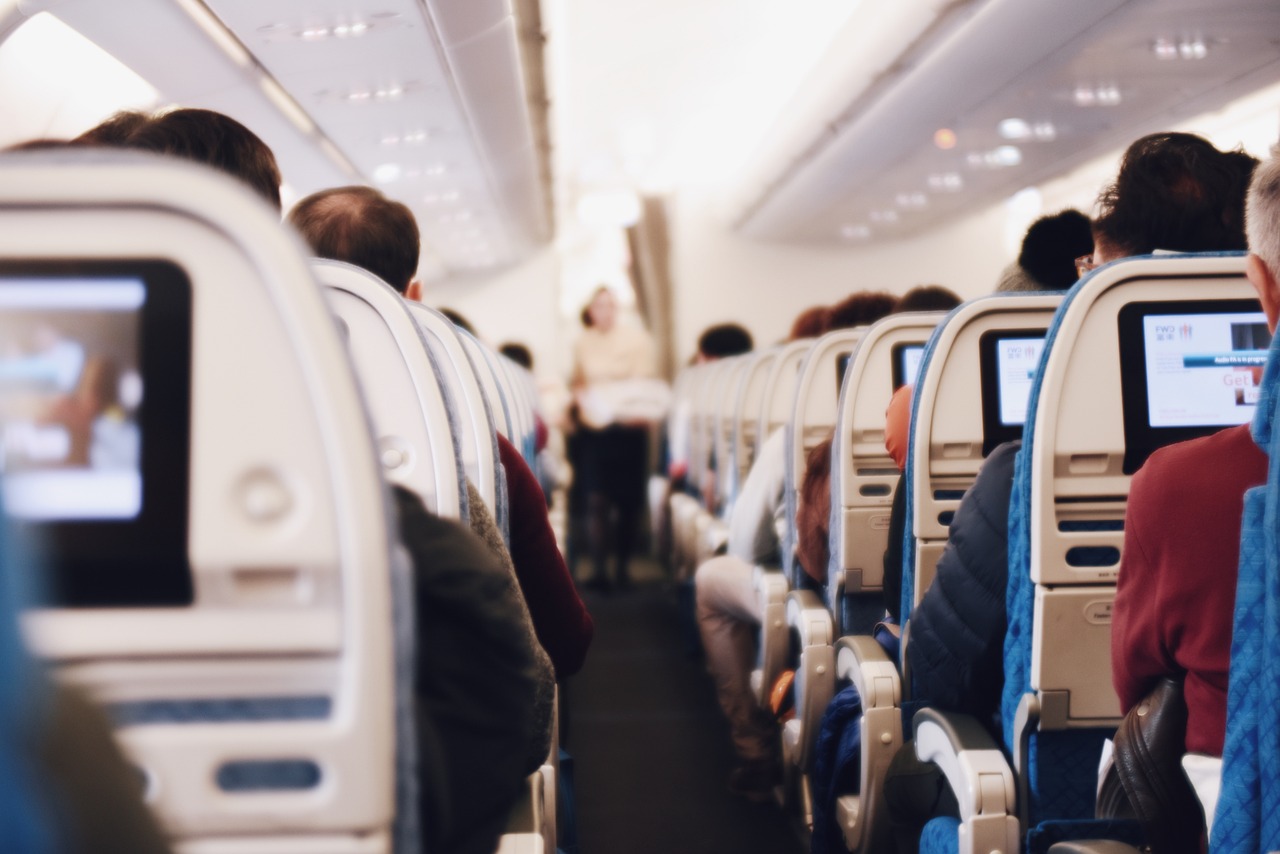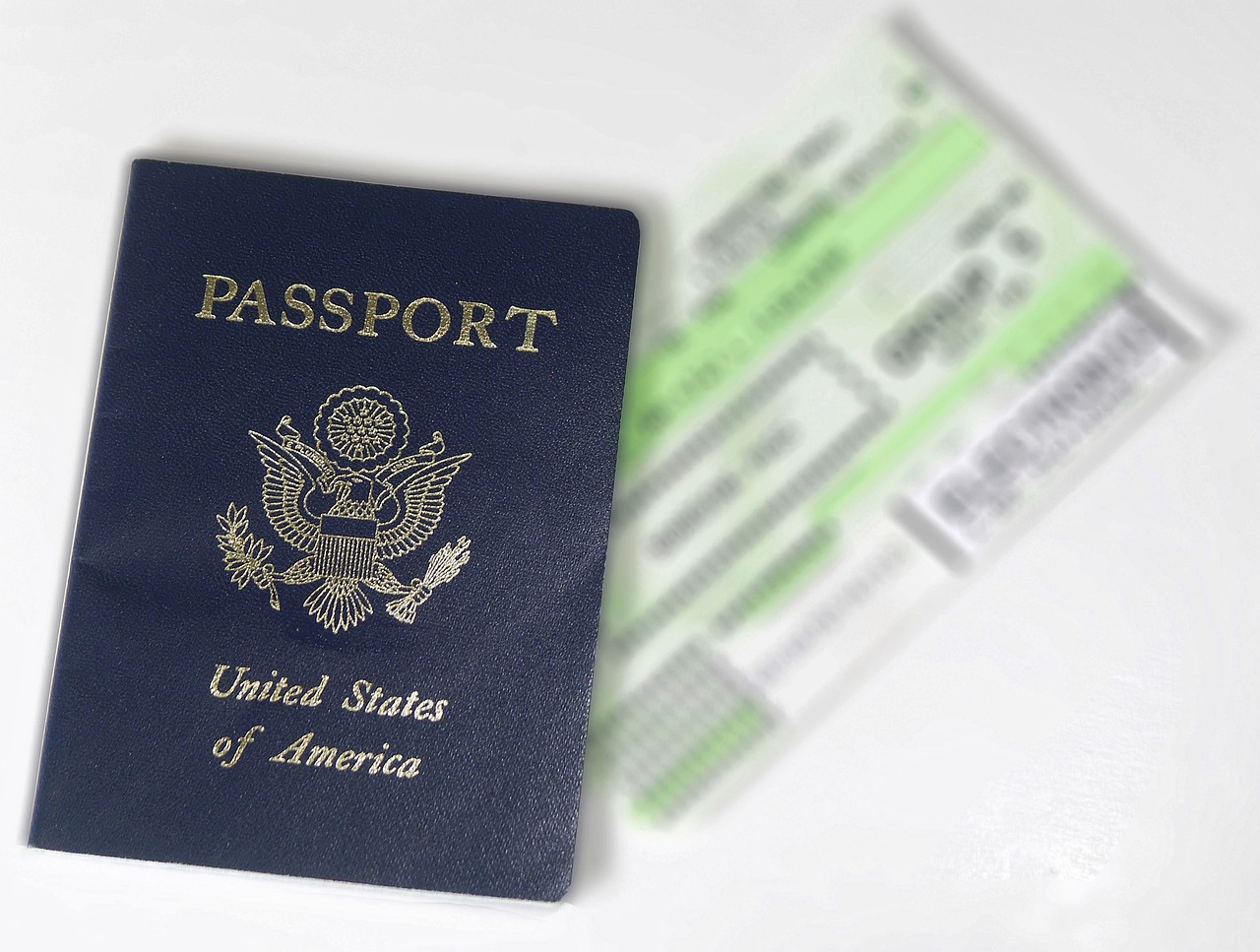
The train isn't the preferred means of transportation for many tourists. It is uncomfortable, loud, and much too long. However, train travel is popular since train tickets are typically less expensive than airline ones. We'll explain to you today how to maximize the comfort, convenience, and enjoyment of your travels.
How to choose the right seat in a train carriage
-----------------
-----------------
Choosing the correct seat is crucial to preventing train travel from becoming a torture. The parlor car's most awful shelves are № 33–38, which are situated next to the restroom. If you plan to use an electrical outlet while traveling, it is advisable to select seats close to the conductor's cabin. But there's always a crowd in this section of the train.
Purchasing seats № 37–54 in a parlor car is preferable not to do. These seats are on the aisle and are referred to as side seats. Compared to regular seats, they are shorter. The even and odd number of seats on ordinary parlor and compartment trains are as follows: even = upper seats, odd = lower seats. Travelers with experience advise selecting seats in the middle of the vehicle and, if money permits, sleeping vehicles (SV). These cabins contain air conditioning, a button to call the conductor, TV and only two chairs.
What to take with you on the train
If you handle luggage collecting with competence, you can make a train travel both comfortable and safe. When traveling, it's best to gather different bags to avoid searching through the suitcase for necessities. You should store medications, toiletries, chargers, additional device batteries, and slippers inside of it. When it comes to food, you can save costs by packing less perishable items.
For a lengthy journey, solid fruits, vegetables, dry cookies, almonds, juices, and packet tea are the best options. You can select between quick soups and porridge. On the first day of the trip, perishable foods including eggs, cheese, sausage, and boiled chicken should be consumed.
Where to keep your documents and money when traveling by train
Place your cash and documents in a tiny purse that you will carry with you at all times to prevent losing them while traveling. It is not advisable for you to go with a lot of cash. Bring only the bare minimum that will serve you well when traveling; it is preferable to carry the majority of your money on a bank card.
Furthermore, aboard the train, you should never leave your possessions unattended. It is preferable to take charge of the security of the luggage, entrusting a family member with its protection. Stowing items in suitcases with code locks is also a good idea. In the unlikely event that you need to duplicate your paperwork and pack it in your luggage. To avoid falling behind the train when it stops, remember to ask the conductors about parking times.
How to increase the level of comfort
Try to work out a transfer to a compartment with the conductor if you are not getting along with your fellow passengers in the parlor car and would like a different seat. If a seat is available, there is typically a good chance that it will be more comfortable—of course, if you are willing to spend a little extra. Try to make your own travel arrangements better if you are unable to come to an arrangement with a train staff.
Request a blanket from the conductor to stay warm, and utilize a sheet as "building material" to construct a curtain to hang between the shelves. A structure like that will keep prying eyes off of you. Additionally, you can block out bright light and loud noises when traveling by using a sleep mask and earplugs.




